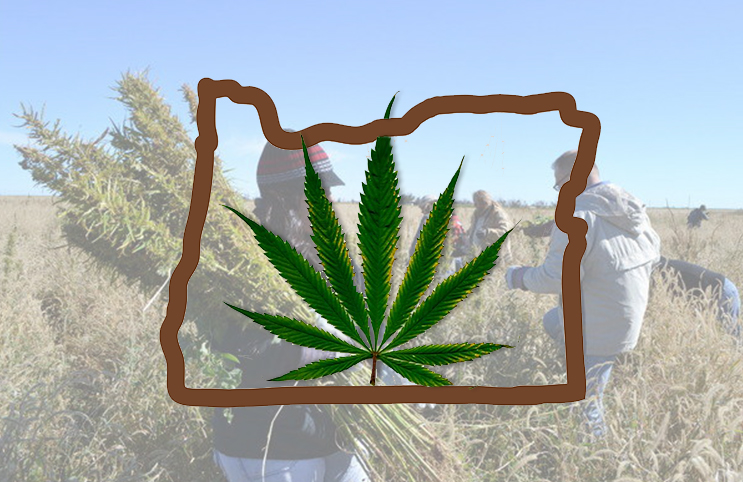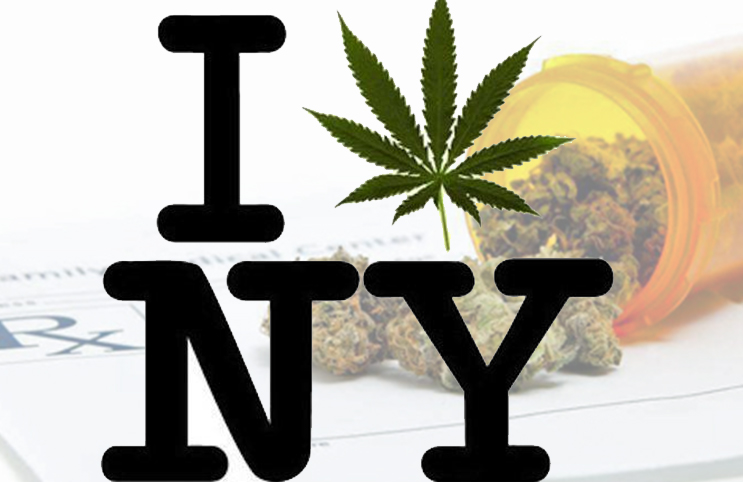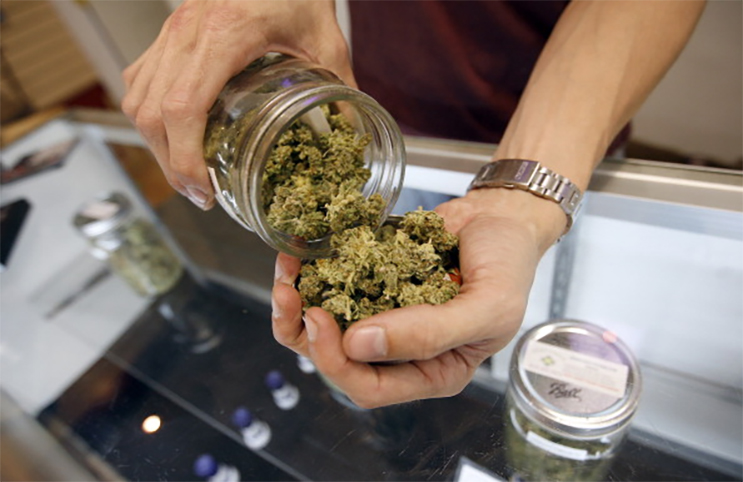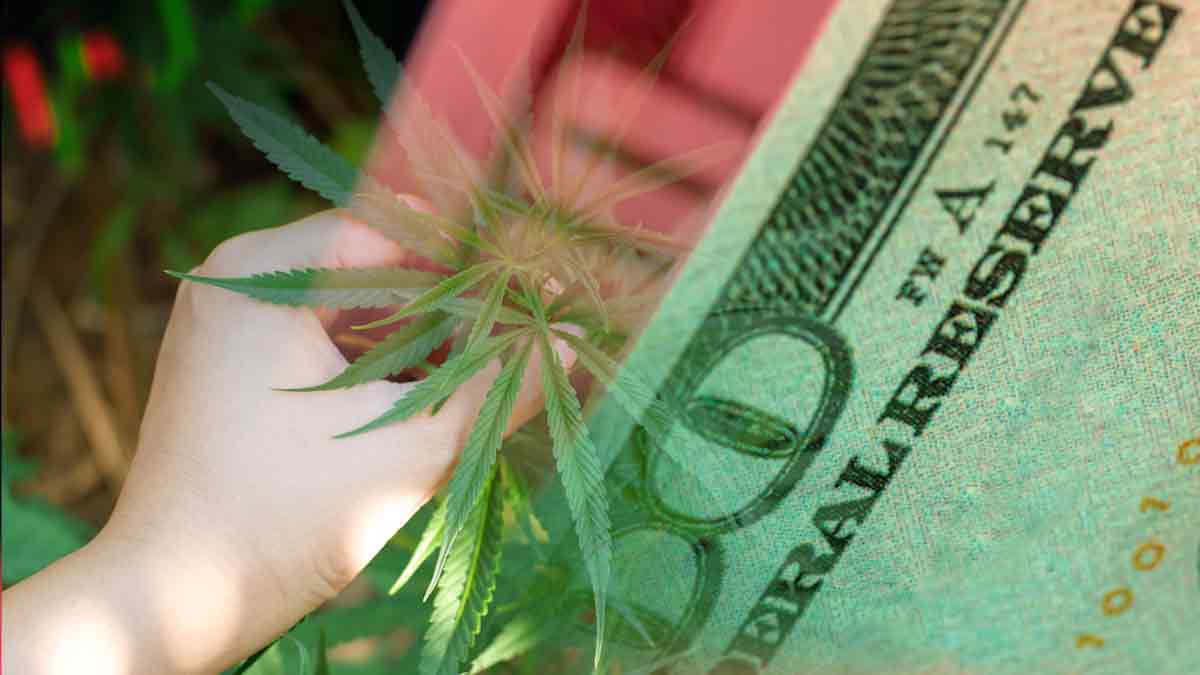Future legislation in Oregon is tackling concerns that hemp production in the state could have an effect on marijuana plants by requiring a minimum buffer zone between areas marked off for cultivation of industrial hemp and cannabis grow sites. Marijuana advocates are worried that cross-pollination with low THC hemp.
Marijuana advocates fear cross-pollination with low-tetrahydrocannabinol hemp, primary state legislators to take up this issue. On the other side, hemp advocates state, it is a two-way street, and the current bill unfairly singles out hemp farmers while doing less to fix broader concerns of cross-pollination on both sides of the spectrum.
Courtney N. Moran, L.L.M an Oregon attorney who advocates for agricultural industrial hemp stated, “The whole conversation in the media has been relating to cross pollination between hemp and marijuana, but a second part to that conversation is that marijuana can also cross pollinate with hemp.”
“Industrial hemp growers are concerned if a high-THC strain [pollinates their plant] it could affect its THC concentration,” Moran quoted. Industrial hemp is required to have less than 0.3% THC to differentiate it from marijuana, which has much higher THC levels, according to state law.
There are 13 licenses given to hemp growers in Oregon, eight have started production. The House Bill 2668, addresses a 5-mile buzzer zone between hemp and marijuana farms. The proposed bill would ban the governing bodies of Douglas, Josephine and Jackson Counties, all located in Southern Oregon- from assigning areas zoned for cultivation and growing of the industrial until Jan. 1, 2021.
Walker feels there are ways to attack the issue of production of both forms of cannabis without constraining one grower or another, He quoted, and “They can coexist It’s just going to take responsible growers.”
Moran recently proposed that he feels the buffer zone should be 3.5 miles, 0.4 miles more than the buffer zone between hemp farmers in Canada, which has been successfully producing hemp for over 10 years. “I think 5 miles is unnecessarily restrictive,” Moran quoted. “Because hemp cultivators in Canada do not want cross-pollination of their plants they have a maximum isolation of 3.1 miles and they don’t seem to be having any issue.”
Moran addresses the buffer zone of 3.5 miles can only be effective if male cannabis plants are being grown outside. If female plants are being grown outside, then in result a buffer zone is not required. “If you’re a responsible farmer, then cross pollination won’t happen,” she said. “But people are afraid. No industrial hemp farmer has any intention of impacting medical marijuana plants. Everyone is concerned about patients and making sure they have access to medicine.”
The bill is now in process in the House Committee, as legislators will continue to address proposed amendments. When evaluating amendments to the bill Moran quoted, “We really need to be focused on what is best for the plant—not what is good for one use or another,” and “The genus Cannabis is an invaluable renewable resource, and we need to think about how we can use this to help everyone.”
MAPH Enterprises, LLC | (305) 414-0128 | 1501 Venera Ave, Coral Gables, FL 33146 | new@marijuanastocks.com









